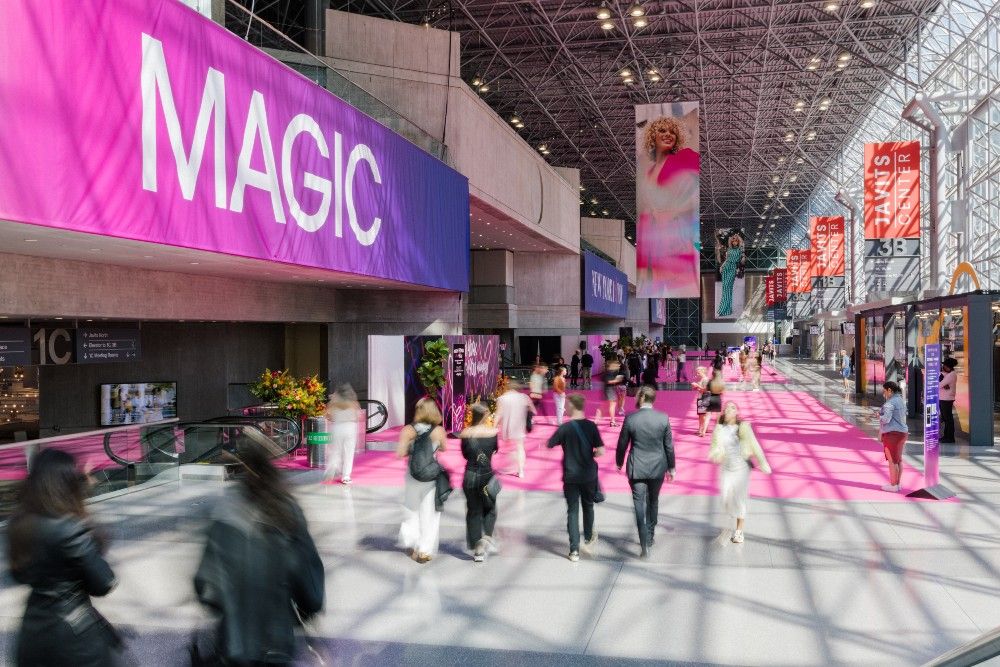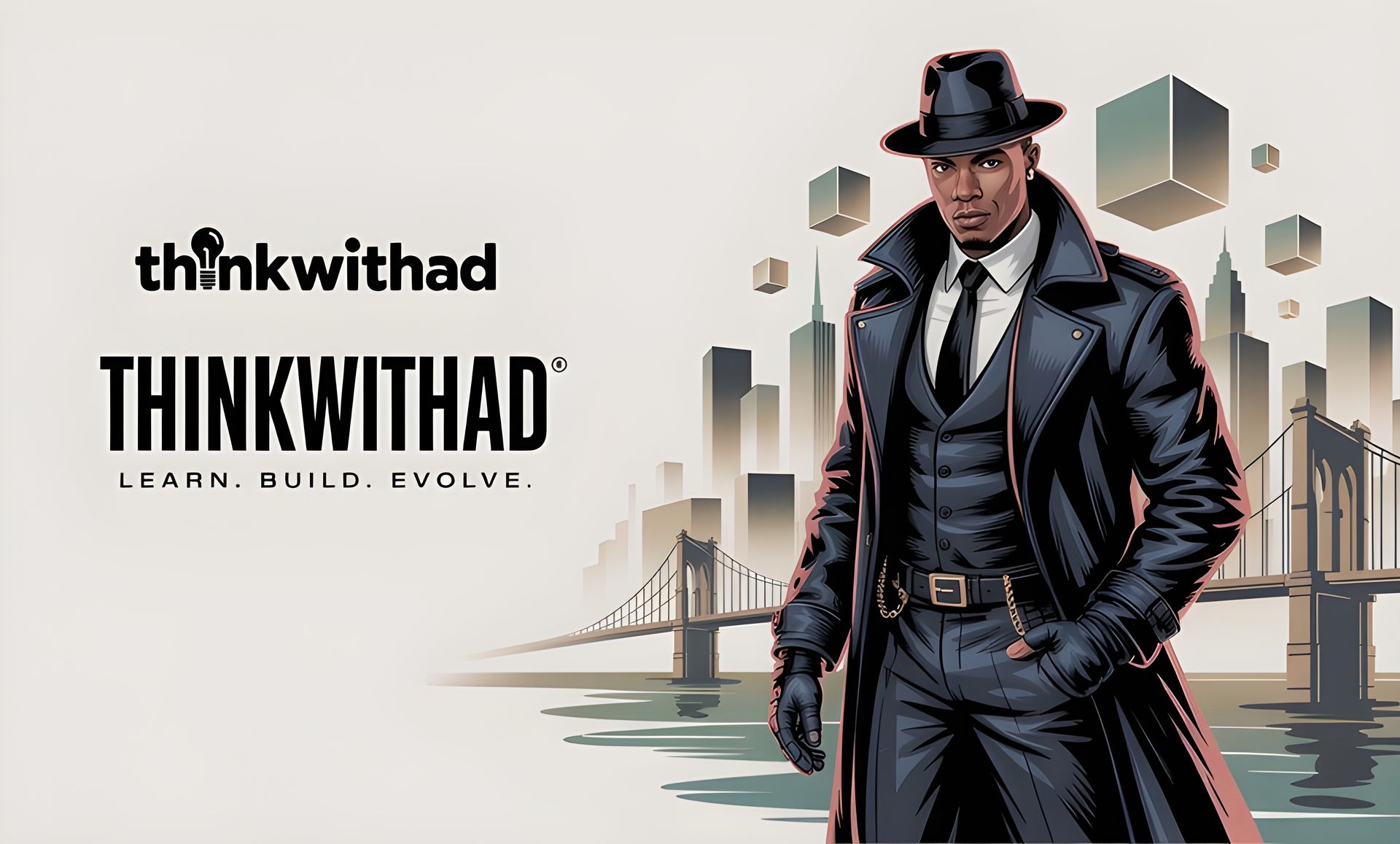How to Win at MAGIC: A No-BS Guide for Brands and Buyers.

Why MAGIC Still Hits Different
MAGIC isn’t “just a trade show.” It’s a live marketplace where buyers with budgets meet brands with product—and decisions get made in real time. Work it right and one week in Vegas (or a regional edition) can do what months of cold outreach can’t: put your line in front of the right people, capture qualified leads, and close real orders with real ship dates.
What MAGIC can do for your brand:
- Distribution: Get into indie boutiques and regional chains—beyond DMs.
- Pricing proof: Validate wholesale/MSRP and margin with actual buyers.
- Content: Leave with legit photos/videos and buyer quotes for your site + socials.
- Intel: See trends, hear buyer objections, study competitor positioning.
- Relationships: Meet reps, showrooms, and partners you’ll use all year.
When & Where to Go (quick note)
The flagship MAGIC Las Vegas typically runs twice a year (February & August), with regional editions in other U.S. cities. Dates move—check the current show calendar before you book.
1) Pre-Show Setup (2–4 Weeks Out): Make It Easy to Say “Yes”
For Brands
- Line sheet (PDF + QR): wholesale & MSRP, packs/size runs, colorways, MOQ, lead times, payment terms, reorder policy, MAP (if any).
- Samples: Steamed, tagged, true to production. Bring backups for bestsellers.
- Booth story: One-line positioning + three differentiators (fit, fabric, price point, story).
- Show special: E.g., free freight on opening order, 2-pack waiver, or 5% off if ordered at show.
- Payments: Be ready for card, ACH, and deposit % on opening orders.
- Compliance basics: Care/fiber labels, ticketing, barcodes if required by your target retailers.
For Buyers
- Open-to-buy: Budget windows + margin targets (keystone? 2.5x? 3x?).
- Store profile: Price bands, customer demo, size curve, categories to fill.
- Deal sheet: A simple template for MOQ, lead time, ship window, and terms.
Goal: Walk in looking retail-ready. No guessing. No scrambling.
2) What to Pack (don’t wing it)
- Brands: power strips, gaffer tape, clips, steamer, lint roller, fabric shaver, extra hangers, Sharpies, QR one-pagers, business cards, mints, water, comfortable shoes.
- Buyers: rolling bag, measuring tape, business cards/QR, sample bags, a simple “PO checklist” on your phone.
3) Floor Strategy: How to Work the Show (Day by Day)
Plan the map: Hit anchor halls first, then niche categories. Time-box each zone.
Your 15-second opener (brands)
- Who it’s for (your customer)
- What problem it solves (fit, fabric, price, story)
- Why it wins (proof: reorder rates, margin, units sold, press)
Fast-qualifying questions (buyers)
- MOQ? Pack sizes?
- Lead time + ship window?
- Terms (deposit vs Net 30)?
- MAP policy / chargebacks?
Lead capture that actually works
- Scan + notes: “Indie womenswear, $100–$180 retail, wants XS–XL, ships in 6 weeks.”
- Tag A/B/C priority so your follow-up isn’t chaos.
4) Margin & Terms: Keep It Business
- Wholesale vs MSRP: Know your keystone math (2x). Many boutiques run 2.2–2.8x depending on category.
- Hidden costs: Hangers, ticketing, polybags, carton labels—get the routing guide to avoid chargebacks.
- Terms: New brands often start deposit + balance before ship. Net 30 arrives with trust and track record.
- MAP: If you want pricing discipline online, state it, document it, enforce it.
Pro move: Bring a one-pager with your Top 12 SKUs, margin notes, size curves, and sell-through anecdotes. Buyers love clarity.
5) Content Ops on the Floor (turn the show into marketing)
- Quick verticals: 10–15 sec clips—on-body shots or clean forms.
- Buyer micro-testimonials (with permission): “Fabric + size run works for our price point.”
- B-roll: Booth action, line-sheet closeups, differentiators.
- Same-day edit: Post a clean reel: “As seen at MAGIC — DM for line sheet.” Tag the show for discovery.
6) Post-Show Pipeline (48-hour rule)
Sort leads:
- A (ready) — wants pricing/PO now.
- B (warm) — curated picks + next call.
- C (later) — light touch + newsletter.
Email sequences:
- A-Lead — “Thanks for visiting [Booth]. Here’s your curated line sheet for [Store/Price Range]. Show special ends [Date]. Can we lock [Ship Week]?”
- B-Lead — “Based on your [Category/Price], here are 6 SKUs we recommend. Quick 10-min fit/merch call?”
- C-Lead — “Great meeting you. We launch [Drop Month]. Join our buyer list for preorders.”
Calendar it: If there’s no next date, it’s not real.
7) If You’re Not Ready to Exhibit (still go)
- Walk the show like a scout: pricing bands, pack sizes, merchandising ideas.
- Collect 20 cards from retailers/showrooms that match your lane.
- Book 10 micro-meetings off-site (coffee, lobby)—show samples/line sheet.
- Debrief: What you must fix before you buy a booth (fit notes, packaging, terms).
8) Red Flags & Rookie Mistakes (skip these)
- Over-merchandising your booth (confusion kills orders).
- Handshake-only deals (document terms in writing).
- Samples ≠ production quality (buyers will notice).
- Waiting a week to follow up (that lead is cold).
- Ignoring compliance—ticketing/labels/carton marks can cost you.
9) Quick Tools & Templates (steal this)
- Line sheet fields: styles, colorways, pack/size runs, wholesale, MSRP, MOQ, lead time, terms, reorder policy, MAP.
- Lead note format: Store • Budget • Categories • Price band • Size curve • Timing Next step/date.
- Follow-up cadence: Day 2 (personalized recap) → Day 5 (reminder + social proof) → Day 10 (last-call on show special).
10) What Success Looks Like (realistic)
- Short term: 5–15 qualified accounts in pipeline, 2–6 opening POs, clean content.
- Mid term: Reorders within 60–120 days, improved terms with repeat buyers.
- Long term: Regional clusters, showroom interest, tighter forecasting.
🧠 ThinkwithAD – PULSE
Real-world playbooks for growth—brand, money, and moves that actually land. Urban lens, professional execution. No filler, just strategy.

⚠️Disclaimer: Event schedules, exhibitor rules, and retailer requirements change. This article is for informational/educational purposes only and isn’t legal, financial, or logistics advice. Confirm specifics with the organizer and your counterparties before you commit.